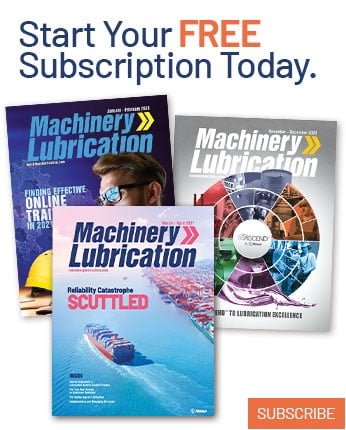Mass production in the Western world is on the brink of a silent revolution and e-Manufacturing is an important part of that change. These are some of the conclusions of a survey conducted by EOS at recent trade shows in
EOS, a leading manufacturer of laser-sintering systems, interviewed industry experts at the K 2007 show in Duesseldorf and Euromold 2007 in
- What will the production of tomorrow look like?
- Is individualized series production from CAD data going to prevail in the future?
- Which technologies will drive this type of production?
Their answers confirm that industrial production is facing a paradigm shift: e‑Manufacturing with laser-sintering is a key technology that will strongly compete with conventional technologies, such as casting, in the future.
Defining e-Manufacturing
e-Manufacturing delivers end products, functional parts and tools directly from CAD data – that is where the “e” in e‑Manufacturing derives from. A laser heats and melts powdered plastics or metals layer by layer, until the build is complete and a final product can be taken out of the system. Whether it is jewelry, clothes, lamps, chairs or functional parts for industry that are being manufactured, e‑Manufacturing enables the creation of products with highly complex and filigreed structures and forms that are unthinkable geometries for conventional series production.
Is e-Manufacturing ready for the mass market?
Seventy percent of the interviewees answered “yes” to this question. Thirty-three percent believe that individualized production with laser-sintering is already market-ready, while 37 percent predict the establishment of the technology in the market within the next three years. The rest anticipate establishment of e‑Manufacturing within five years, with only 4 percent seeing a lag of 10 years.
Phrase of the future: Mass customization
What actually drives e-Manufacturing? The key answer is the trend towards individualized series production – also called mass customization. Both industry and end consumers increasingly request individually manufactured products, creating a potential demand for mass customization of those products. And this is exactly where e‑Manufacturing comes into play:
- Twenty-eight percent of those interviewed said that the trend toward individualized series production is the most important factor for the success of the technology.
- Nearly a quarter of the interviewees saw greater “cost savings compared to conventional technologies”.
- Twenty-two percent judged that e‑Manufacturing will overtake traditional technologies due to “shorter product life cycles”.
Significantly fewer interviewees counted factors such as “automated, unmanned production” (15 percent) and “decentralized production” (11 percent) as primary success factors.
Challenges, barriers, obstacles
As with every innovative technology, e-Manufacturing with laser-sintering is not completely immune to competition from other methods; conventional technologies still offer some advantages, according to survey participants.
Twenty-nine percent of the interviewees called the limited choice of materials as the greatest barrier to implementation of e-Manufacturing technology. Approximately a quarter of the respondents judged the “lack of know-how in the industry” as a hindrance. Another quarter thinks that lack of awareness about the technology is the main obstacle. The rest cited “lack of innovative power across companies” (12 percent) and “outdated production structures” (11 percent).
The majority of the interviewees thus felt that the difficulty is not so much the emerging technology itself, but rather a lack of knowledge and openness in the industry.
Will today’s mass production die out?
Finally the interviewees were asked for their predictions about production methods 20 years in the future.
A clear majority (63 percent) forecast the establishment of individualized mass production in the Western world. Twenty-one percent believe that end customers will have their own mini-factories and produce their own products with rapid manufacturing. Approximately 9 percent of those asked went so far as to remark that, in 20 years time, manual manufacturing will only take place on the PC.
Dr. Hans J. Langer, founder and CEO of EOS, feels that the results of the survey confirm his evaluation of the market: “We have been observing the trend toward mass customization for a few years already. The number of consumer goods applications is increasing significantly, and manufacturers are seeing clear advantages with e-Manufacturing, especially when it comes to freedom of design.”
About EOS of North America Inc.
EOS of North America Inc. sells, services, supports and markets the entire EOS line of rapid prototyping, rapid tooling, and rapid manufacturing systems. This includes solutions for plastic laser-sintering as well as Direct Metal Laser-Sintering (DMLS). Founded in 1989, EOS GmbH is a world leader in the manufacture of laser-sintering systems. Laser-sintering is the key technology for e‑Manufacturing: the fast, flexible and cost-effective production directly from CAD data. The technology accelerates product development and optimizes production processes. EOS has completed its business year 2006/2007 with revenues in laser-sintering of €59.7 million (approximately $88 million), which is an increase of 14 percent compared to the previous year. EOS GmbH is headquartered in Krailling/Munich,




